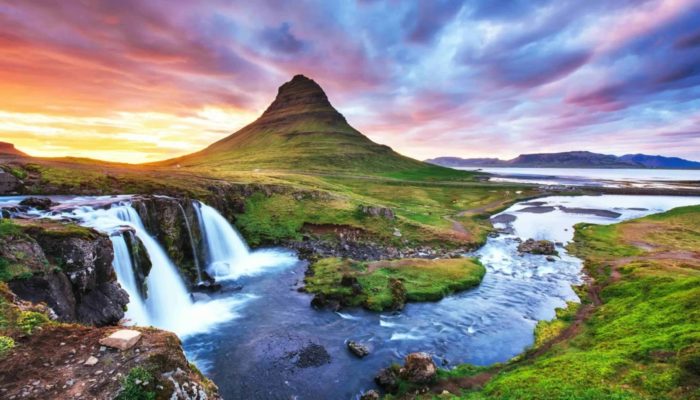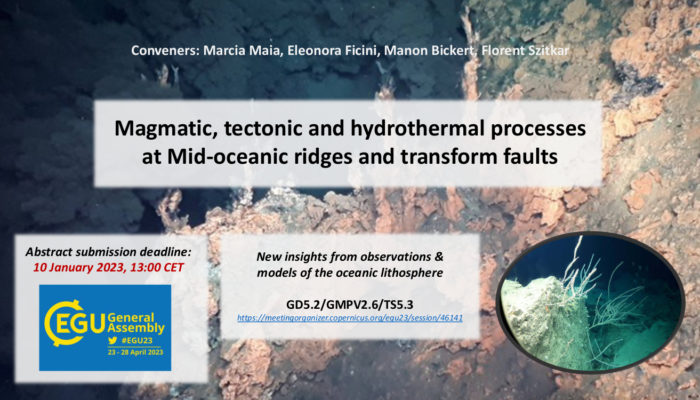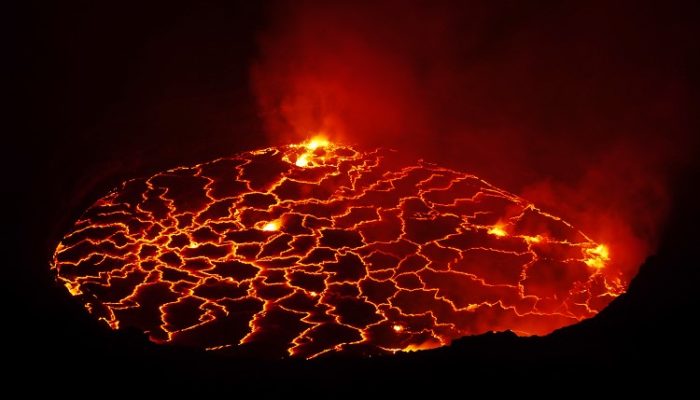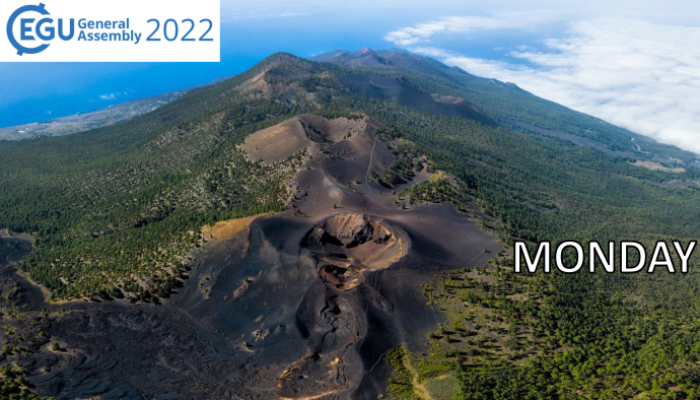When reading fantasy novels, we are usually brought to worlds of elves, dragons, and epic battles, all surrounded by breathtaking magical forests, or castles above impervious cliffs. However, even fantasy stories take inspiration from the real world and its geology. Who does not remember the ascent of Mount Doom of Frodo and Sam, or the importance of Dragon Glass (Obsidian) in Game of Thrones? So, ...[Read More]
#EGU23 session in the spotlight: Magmatic, tectonic and hydrothermal processes at Mid-oceanic ridges and transform faults: new insights from observations and models of the oceanic lithosphere
The abstract submission deadline for #EGU23 is in less than a month (10 January 2023)! It can be difficult to decide which session is the best to present your research…As in the past years, we are here to help you find the right session for you! Today we highlight the session GD5.2 “Magmatic, tectonic and hydrothermal processes at Mid-oceanic ridges and transform faults: new insights f ...[Read More]
Living with a Volcano
Since ancient times, the growth of populations has been strongly combined with the presence of volcanoes, due to their ability to provide nutrients to soils (and so to agriculture) and resource extraction. One great example is described in our blog post about Volcanoes and wine. However, living near a volcano has its (obvious) drawbacks, starting with lava flows (see the recent Cumbre Vieja erupti ...[Read More]
EGU22: Monday Highlights
And, finally, here we go again, at EGU22!! After a long year, in person or virtually, we are sure will all attend amazing sessions. So here there is a quick guide for the first day of GMPV at EGU22, so you will not get lost! Let’s start in the morning with the geochemical and mineralogical study of the Oceanic Anoxic Event 2 in “Mass extinctions and major environmental changes througho ...[Read More]




